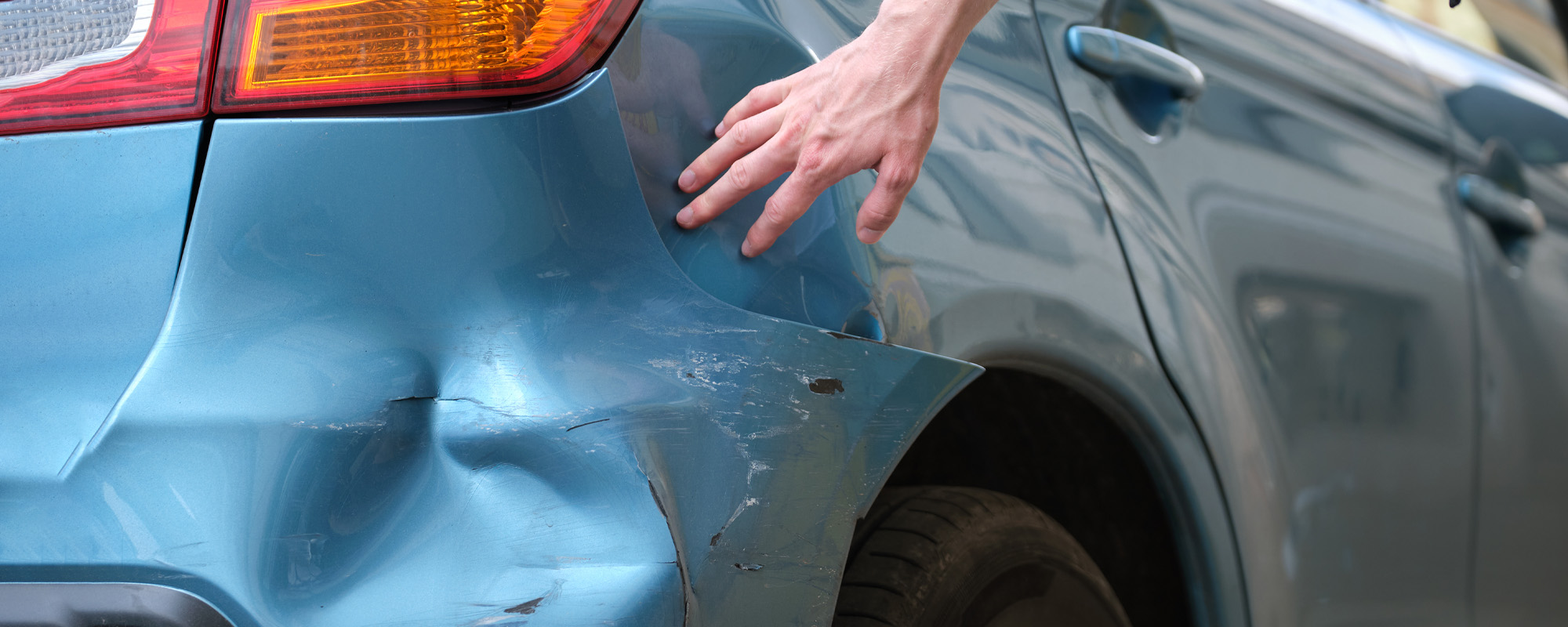
If you are in a car accident, you may be wondering what pictures you should take, if you’re able. This post should give you some insight into the types of photos you should take and why they may be important to your case.
All Cars Involved
Photographs should be taken of ALL cars involved in the accident – even if there isn’t any property damage to one of the vehicles. The photographs will help identify the cars involved (license plate, make, model, color). Property damage to the cars should also be photographed. If safety permits, take photographs before the cars are moved. Take as many photographs as possible making sure to take close-up and distance shots. This is critical to proving location of impact, force of collision speed of travel, and direction of movement. Take photographs of the front windshield of the other drivers’ cars. Sometimes there is something hanging from the rear view mirror that obstructs their view of the roadway.
Accident Scene
Take photographs of the road and weather conditions, traffic signals and signs, and general roadway layout. Pay attention to tire skid marks, broken glass, or other things left on the pavement. Sometimes visibility is an important factor in a car accident, so look for large objects that may have obstructed drivers’ view of the road. If there’s a potential argument regarding the color of the traffic light (i.e. red light versus green light), make a video that shows the timing of the lights at the intersection for all directions of travel.
Physical Injuries
Your injuries will slowly heal over time, so you should take photographs immediately following an accident. Photographs of your injuries will help others understand your physical condition after the car accident. Sometimes your medical practitioner will prescribe the use of devices such as an arm sling, cervical collar, walker, etc. Take photographs of these devices and, if possible, keep these devices in a safe place even after they become unnecessary for your medical treatment. These devices may be used as evidence in your case.
Important Tips
Make sure to set your digital camera or cellphone so that the date (and, if possible, time) appears in the photograph itself. This will help solve the problem of having to memorize when the photograph was taken if asked later on. Also, backup your digital photographs by saving them onto a second hard drive, copying onto a thumb drive, burning a copy onto a CD or DVD, and/or printing out the photographs. The last thing you want happening is losing these photographs because of malfunctioning electronics.